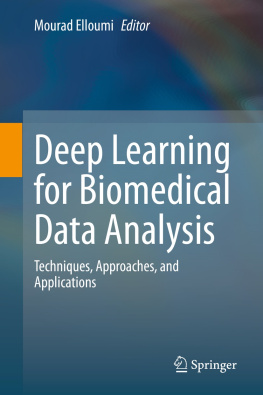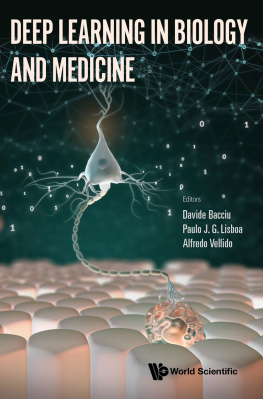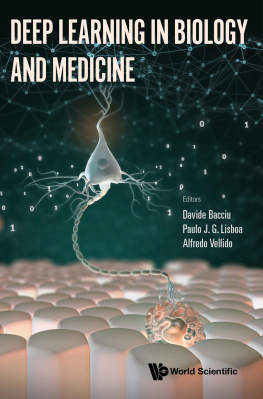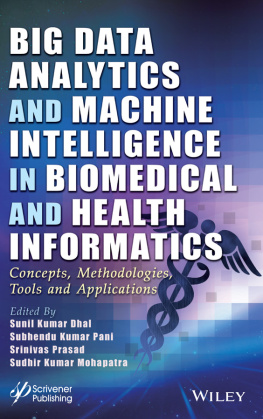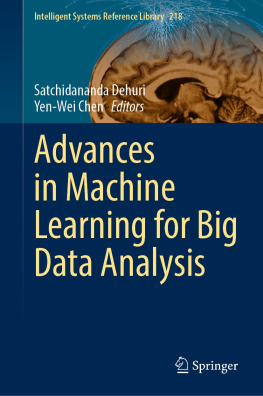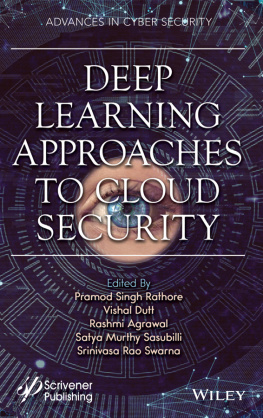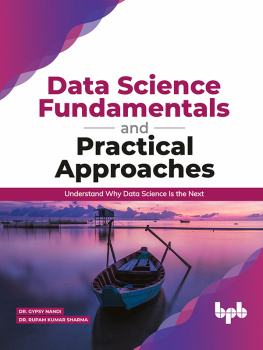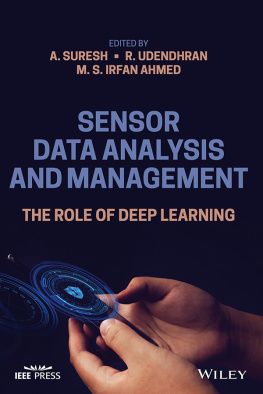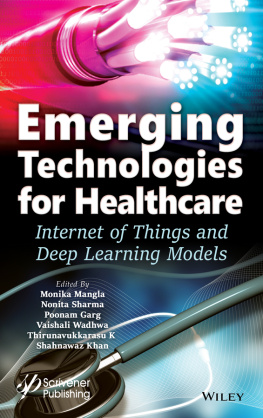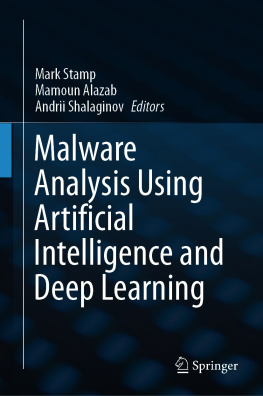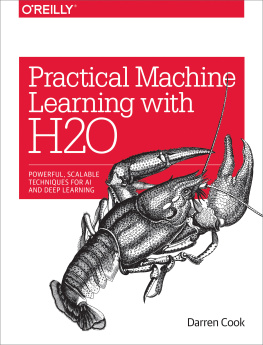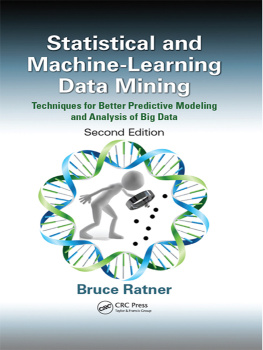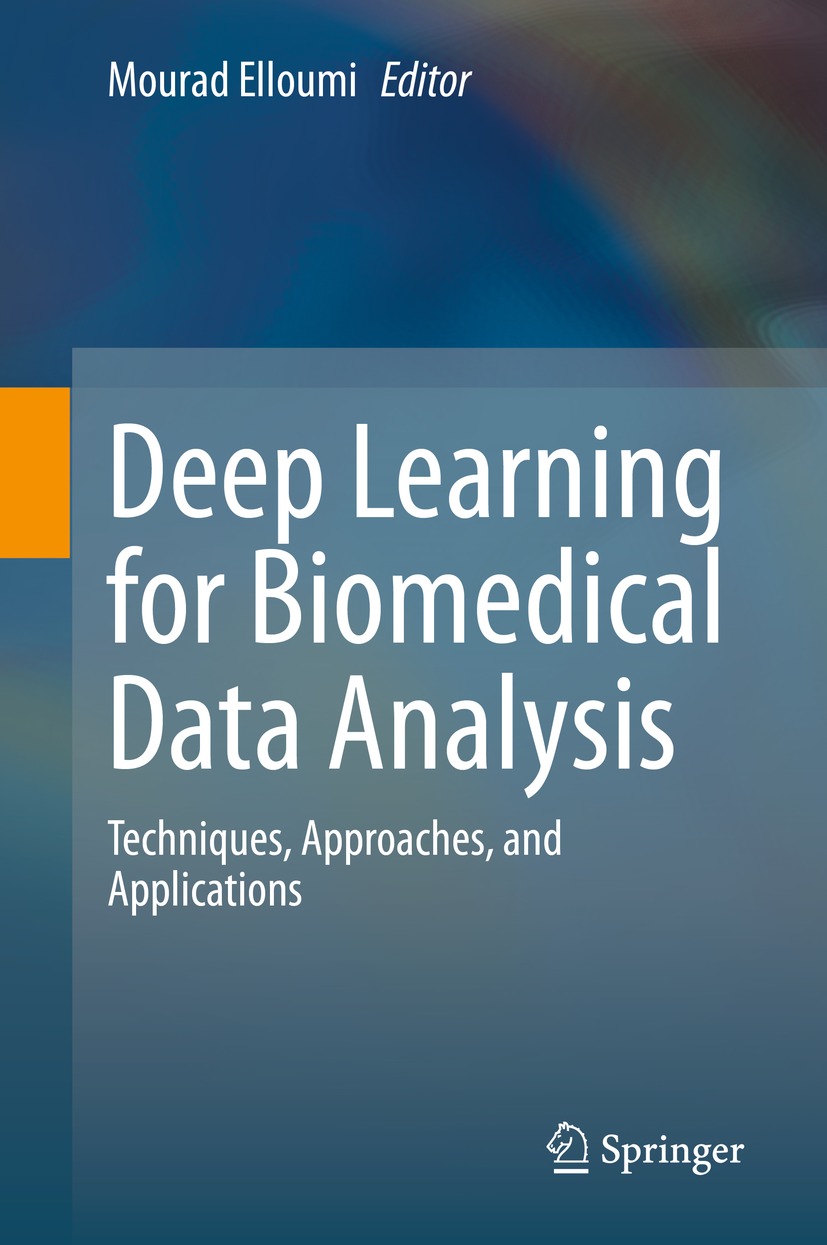Mourad Elloumi - Deep Learning for Biomedical Data Analysis: Techniques, Approaches, and Applications
Here you can read online Mourad Elloumi - Deep Learning for Biomedical Data Analysis: Techniques, Approaches, and Applications full text of the book (entire story) in english for free. Download pdf and epub, get meaning, cover and reviews about this ebook. year: 2021, publisher: Springer, genre: Home and family. Description of the work, (preface) as well as reviews are available. Best literature library LitArk.com created for fans of good reading and offers a wide selection of genres:
Romance novel
Science fiction
Adventure
Detective
Science
History
Home and family
Prose
Art
Politics
Computer
Non-fiction
Religion
Business
Children
Humor
Choose a favorite category and find really read worthwhile books. Enjoy immersion in the world of imagination, feel the emotions of the characters or learn something new for yourself, make an fascinating discovery.
- Book:Deep Learning for Biomedical Data Analysis: Techniques, Approaches, and Applications
- Author:
- Publisher:Springer
- Genre:
- Year:2021
- Rating:3 / 5
- Favourites:Add to favourites
- Your mark:
Deep Learning for Biomedical Data Analysis: Techniques, Approaches, and Applications: summary, description and annotation
We offer to read an annotation, description, summary or preface (depends on what the author of the book "Deep Learning for Biomedical Data Analysis: Techniques, Approaches, and Applications" wrote himself). If you haven't found the necessary information about the book — write in the comments, we will try to find it.
The reader will require some familiarity with AI, ML and DL and will learn about techniques and approaches that deal with the most important and/or the newest topics encountered in the field of DL for biomedical data analysis. He/she will discover both the fundamentals behind DL techniques and approaches, and their applications on biomedical data. This book can also serve as a reference book for graduate courses in Bioinformatics, AI, ML and DL. The book aims not only at professional researchers and practitioners but also graduate students, senior undergraduate students and young researchers. This book will certainly show the way to new techniques and approaches to make new discoveries.
Mourad Elloumi: author's other books
Who wrote Deep Learning for Biomedical Data Analysis: Techniques, Approaches, and Applications? Find out the surname, the name of the author of the book and a list of all author's works by series.

